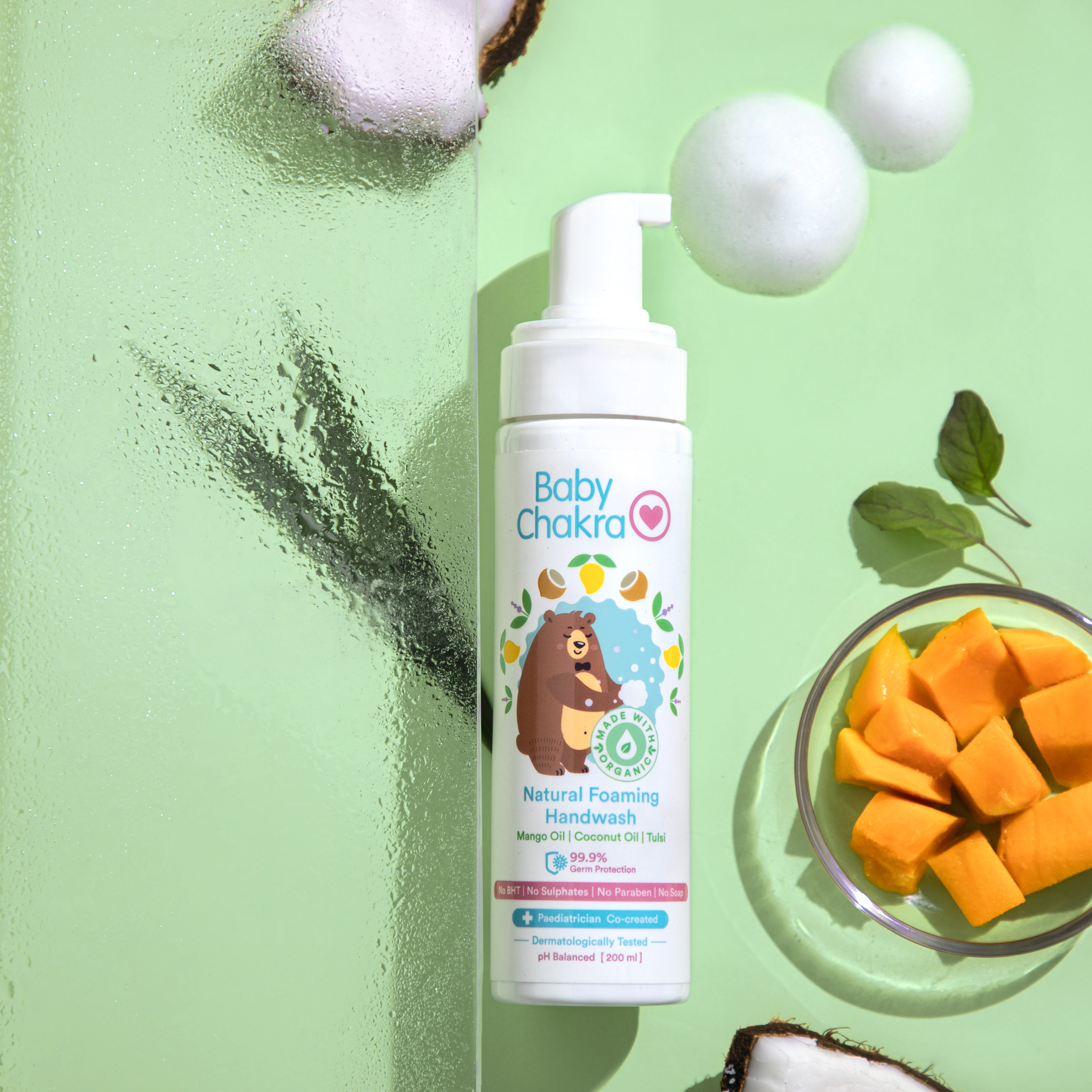
Knock Knees Exercises For Toddlers: Causes And Symptoms
24 Mar 2023 | 6 min Read
Manisha Pradhan
Author | 1053 Articles
Knock knees, also known as genu valgum, is a condition where the knees angle inward and touch each other when the legs are straightened. This condition is relatively common in children between the ages of 2 and 7 years and can be prevented from becoming worse with knock knees exercises and by keeping a few tips in mind.
However, in some cases, knock knees can be a sign of an underlying medical condition and can persist into adolescence and even adulthood.
What Are The Causes Of Knock Knees?
Several factors can contribute to the development of knock knees in toddlers. One of the most common is the way that children grow and develop. As a child’s legs grow, their bones go through a process of remodelling and reshaping.
During this process, the angle between the thigh bone (femur) and the shin bone (tibia) changes, which can lead to a temporary appearance of knock knees. The other factors that can cause knock knees in children are:
Overweight or obese: If a child is overweight, the stress placed on their joints may be more likely to cause knock knees.
- Weak leg muscles: Muscles like the hip muscle, quadriceps, ankles, and hamstrings muscles are important for supporting the knees. If any of these muscles are weak kids are likely to develop knock knees.
- Lack of physical activity: Physical activity and exercise help strengthen the muscles of the legs and if kids are not physically active they may develop knock knees due to weak muscles.
- Injury to the knees or legs: Injuries in the growth area of one of the bones around the knee may sometimes cause the knee to turn inward.
- Rickets: Caused by the deficiency of Vitamin D, calcium or phosphate which makes the bones brittle and weakens them.
- Blount’s Disease: This affects the growth of the shin bone and children with Blount’s disease may develop knock knees.
Symptoms Of Knock Knees In Toddlers
Despite the common occurrence of knock knees in children, it is important to monitor the condition to ensure that it is not a sign of an underlying medical issue. Some of the most common symptoms of knock knees are:
- Separation of the ankles when the knees are positioned together.
- Knee instability
- Knee, hip pain foot or ankle pain.
- Feet not touching while standing with knees together.
- Stiff or sore joints.
- Limping while walking.
- Difficulty walking or running.
- Knee instability
In some cases, knock knees can be a symptom of a more serious condition, such as rickets or Blount’s disease.
Knock Knees Exercises For Toddlers
In most cases, knock knees in children will resolve on their own as the child grows and develops. However, there are some things like knock knees exercises that you can do to help support your child’s leg development and ensure that the condition does not become worse.
Wall Slides
Ask your toddler to stand with their back against a wall and feet shoulder-width apart.
Slowly slide down the wall until their knees are bent at a 90-degree angle.
Hold for a few seconds, then slide back up.
Repeat 10-15 times.
Knee Press
Make your toddler lie on their back with their knees bent and feet flat on the ground.
Place a small ball or pillow between their knees and squeeze it gently for 5-10 seconds.
Repeat 10-15 times.
Lunges
Your toddler must stand with their feet shoulder-width apart and take a big step forward with one foot.
Bend both knees until their back knee almost touches the ground.
Hold for a few seconds, then stand back up.
Repeat with the other leg.
Do 10-15 repetitions on each leg.
Toe Raises
Make your little one stand with their feet hip-width apart and lift their heels off the ground, balancing on your toes.
Hold for a few seconds, then lower the heels back down.
Repeat 10-15 times.
Balancing Exercises
Teach your toddler to practice balancing on one foot at a time for 30-60 seconds.
They can also try standing on a balance board or wobble board to make it fun.
It is advisable, however, to consult with a paediatrician or physical therapist before starting any knock knee exercises for your child. They can assess your child’s specific needs and recommend appropriate exercises.
FAQs:
What can I do to prevent knock knees?
One of the most important things you can do is encourage your child to be physically active. Regular exercise can help strengthen the muscles and bones in your child’s legs, which can improve their alignment and prevent further deformity.
Additionally, you should encourage your child to maintain a healthy weight, as excess weight can put additional stress on their joints.
How are knock knees diagnosed?
An orthopaedic specialist will review your child’s medical and family history and any pre-existing conditions. Besides that, they may do a physical examination of the legs and gait. They may also ask for a standing-alignment X-ray to help confirm the diagnosis.
How is knock knee treated?
If your child has a mild case of knock knees then your doctor may advise bracing to reposition the knees. However, in more severe cases, a knee-realignment osteotomy may be advised to prevent or delay the need for knee replacement.
If the cause of the knock knees is an underlying disease or infection, your doctor may address the disease or infection first before starting treatment for orthopaedic correction.
Most children will outgrow knock knees on their own, without the need for medical intervention and by following some simple knock knees exercises. However, if you are concerned about your child’s knock knees, it is important to talk to their paediatrician. Your child’s doctor can evaluate their condition and rule out any underlying medical issues.
Check out these natural baby care products for your toddler:
Also Read:
Inspired By Kareena Kapoor’s African Safari?: Check out budget-friendly safaris in India with toddlers.
Raise Happy Kids And Foster A Positive Childhood: Here are 14 proven ways.
Cover image source: i0.wp.com/mydr.com.au
A


Related Topics for you
Suggestions offered by doctors on BabyChakra are of advisory nature i.e., for educational and informational purposes only. Content posted on, created for, or compiled by BabyChakra is not intended or designed to replace your doctor's independent judgment about any symptom, condition, or the appropriateness or risks of a procedure or treatment for a given person.


